

Introduction
The Sony FE 16-35mm F2.8 GM II is a new premium wide-angle zoom lens for the Sony’s extensive range of full-frame FE-mount cameras.
It can also be used on APS-C sensor Sony E-mount mirrorless cameras, where it provides a 24-52.5mm equivalent focal length.
It effectively replaces the original Sony FE 16-35mm F2.8 GM lens that was released back in 2016.
It has five aspherical elements, three of which are Sony’s XA (extreme aspherical) elements that reduce aberration and deliver ultimate resolution, two ED (extra-low dispersion) elements and one ED Aspherical element to suppress chromatic aberrations.
There’s the latest Nano AR II coating to minimize internal reflections so that flare and ghosting do not occur and a flourine coating on the front element to prevent fingerprints, dust, oil and other contaminants.
There are four extreme dynamic (XD) linear motors for fast, quiet and precise auto-focusing, and it boasts a dust- and moisture-resistant design.
For macro shooting the lens has a minimum focusing distance of 22cm with a maximum magnification of 0.32x and a near-circular 11 blade diaphragm which creates a very attractive blur to the out-of-focus areas of the image.
A traditional aperture ring runs from f/2.8 to f/22 in third-stop increments with an Auto setting also available. The Click On/Off switch changes the aperture ring between 1/3 clicked steps and a smooth clickless movement. There’s also an Iris Lock switch included.
The Sony FE 16-35mm F2.8 GM II lens is available from September 2023 priced at £2400 / €2700 in the UK and Europe respectively. It is made in Thailand.
Ease of Use

Weighing in at just 547g / 19.3oz and measuring 111.5mm in length, the hybrid metal and engineered plastic-bodied Sony FE 16-35mm F2.8 GM II feels very well-constructed.
Sony have managed to significantly reduce the weight compared to the original by a whopping 133g and the length by 10mm, making it approx. 20% lighter. Indeed, Sony claims that this is the smallest and lightest 16-35mm F2.8 lens in its class.
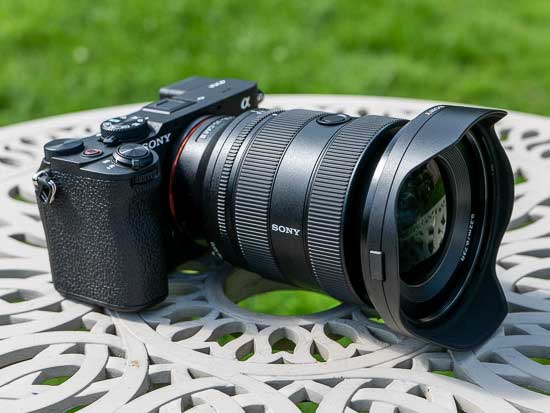
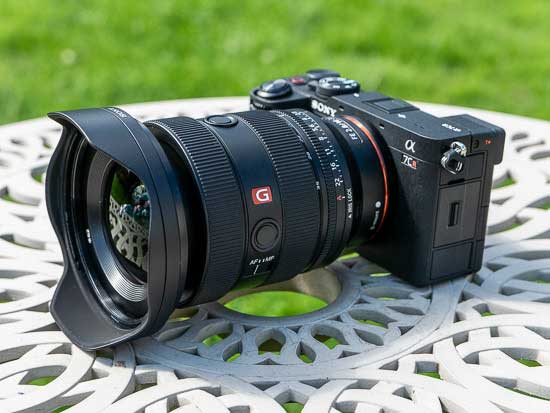
It’s smaller overall size and weight makes it feel very well-balanced even on the smaller rangefinder-esque Sony A7C R body that we tested it with.
Note that the length of the lens does increase slightly by about 2cm when you set the focal length to 16mm, gradually becoming shorter as you zoom out to 35mm.
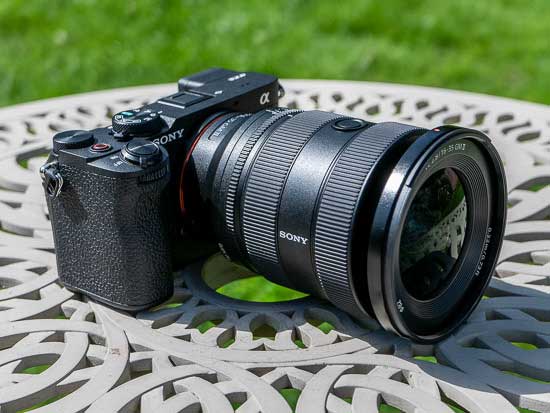
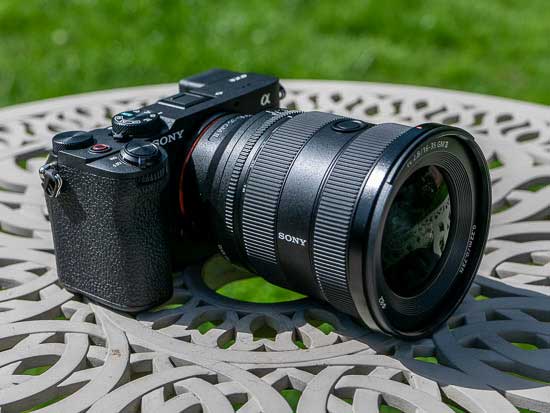
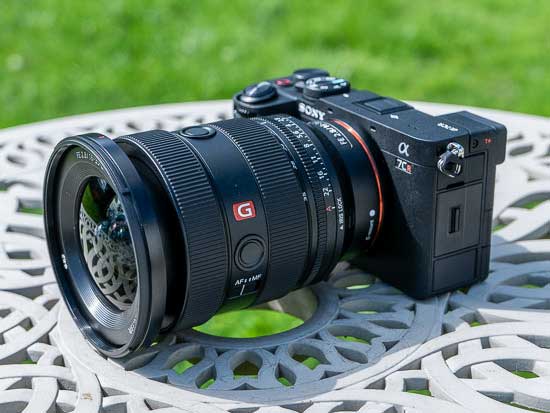
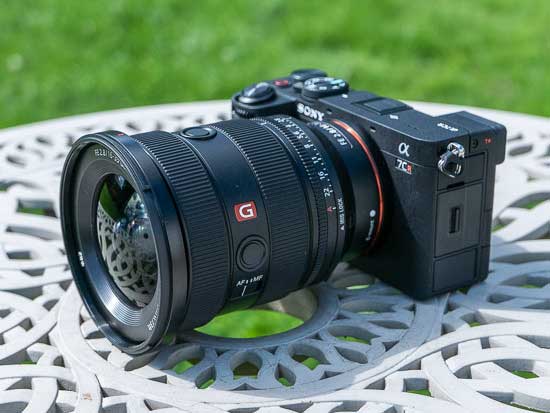
The Sony FE 16-35mm F2.8 GM II has a sealed dust and moisture resistant design that should withstand rain showers, but you’ll need to protect it in more inclement weather.
This lens does not feature built-in Optical SteadyShot image stabilisation, instead relying on the in-body stabilisation system that the majority of Sony camera bodies have.
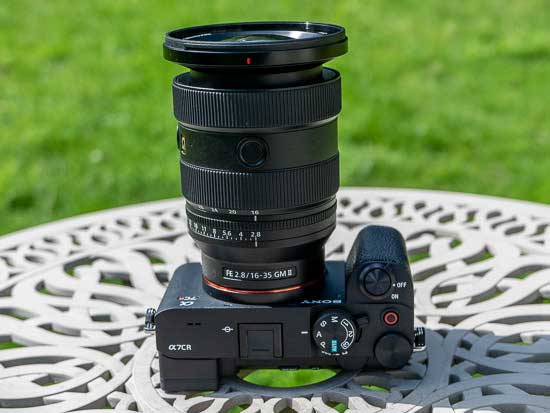
The wide and ridged zoom ring, slightly narrower manual focus ring and the brand new aperture ring are the three main external controls of note.
Manual focusing is possible via the textured focus ring at the end of the lens when it’s activated using the AF/MF switch on side of the lens barrel.
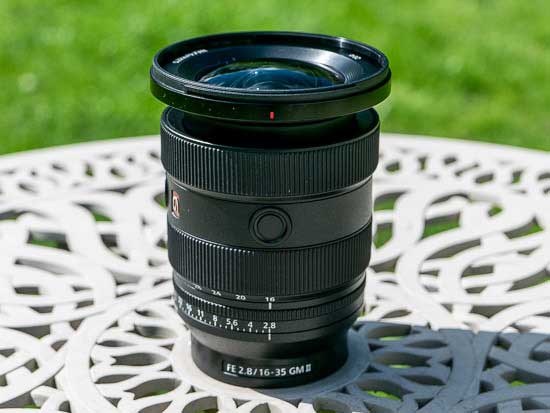
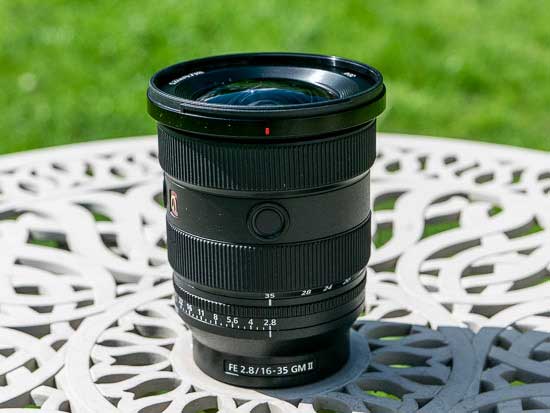
There are no hard stops at either end of the focusing range, making it a little more difficult to set focus at infinity. Polariser users should be pleased that the 82mm filter thread doesn’t rotate on focus.
The lens utilizes four XD linear motors for very fast, quiet quiet and smooth focusing, making it well-suited to shooting both stills and video, especially as focus breathing is suppressed both optically and in-camera.
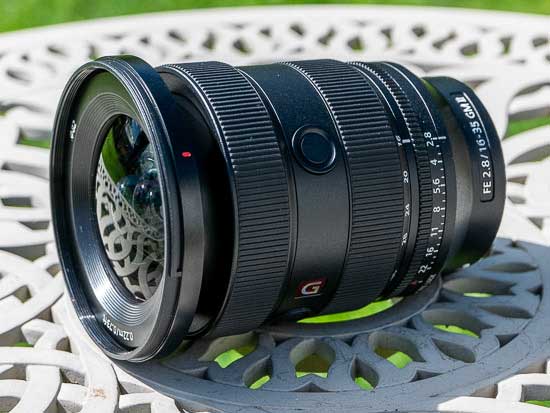
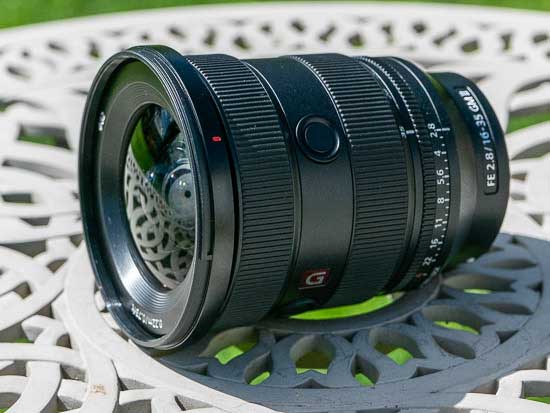
When it comes to auto-focusing, it proved to be an almost silent, very quick performer on the Sony A7C R camera that we tested it with. We didn’t experience very much “hunting” at all, either in good or bad light, with the lens accurately focusing almost all of the time.
Sony’s near flawless Eye AF works perfectly with this lens, quickly locking onto and tracking the subject’s eye despite the non-telephoto view.
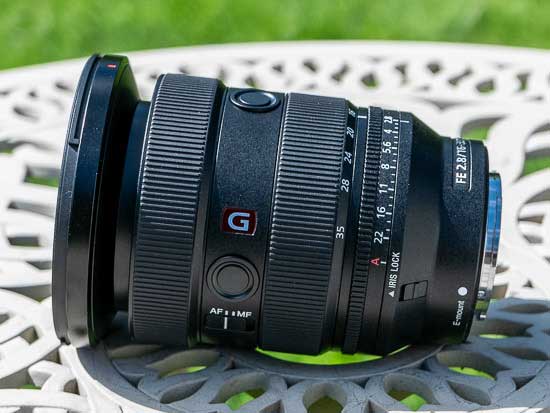
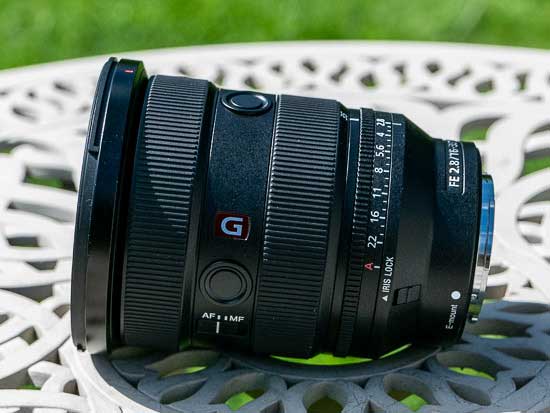
This lens features an aperture ring that has 1/3EV stops ranging from f/2.8 to f/22 and an Auto setting.
The Click switch on the bottom-right of the lens barrel lets you select whether the aperture ring clicks into place at each aperture stop or rotates smoothly for silent operation during movie recording.
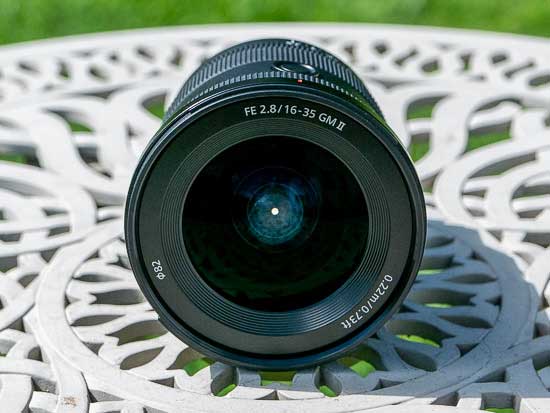

Using the Iris Lock switch on the lens barrel, it can also be locked to either the Auto or F2.8-F22 settings to prevent accidental movement of the aperture ring.
The lens has two customisable focus hold buttons which keep the lens locked to the current focusing distance, useful if you’re auto-focusing and don’t want the lens to try and find focus again. It can also, amongst other options, be usefully set to Eye AF.
The Sony FE 16-35mm F2.8 GM lens has a metal lens mount. It accepts 82mm filters via plastic threads and is commendably supplied with both a soft case and an improved, good quality plastic petal-shaped lens hood (ALC-SH177) that now locks into place and has an integrated release button.
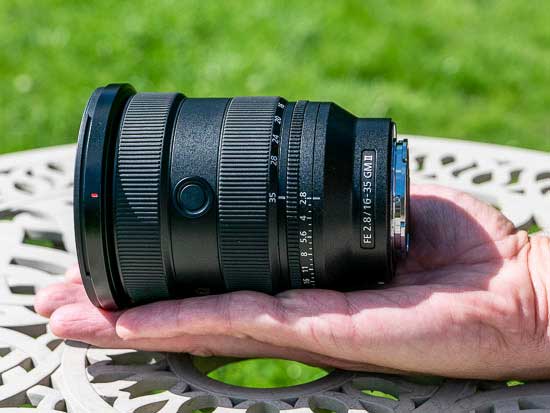
Focal Range
At the 16mm focal length the angle of view is 83° degrees.

16mm
At the 35mm focal length the angle of view is 44° degrees.

35mm
Chromatic Aberrations
Chromatic aberrations, typically seen as blue or purple fringes along contrasty edges, were almost completely absent from our test shots, only appearing in very high contrast areas.

16mm

35mm
Vignetting
With the lens set to its maximum aperture of f/2.8 there is some obvious light fall-off in the corners, requiring you to stop down by at least 2 f-stops to completely prevent it.

16mm

35mm
Distortion
There’s some barrel distortion evident at 16mm and pin-cushion distortion at 35mm in the RAW files – the Sony A7C R camera automatically and successfully applies corrections to the JPEG files that removes most of it if you turn Distortion Compensation to Auto.

16mm

35mm
Sunbursts
The Sony FE 16-35mm F2.8 GM II is capable of creating some quite impressive sunburst effects if you stop it down to f/16 or f/22.

16mm

35mm
Macro
The Sony FE 16-35mm F2.8 GM isn’t claimed to be a macro lens, but it does offer an impressive minimum focusing distance of 22cm / 0.72ft throughout the entire zoom range and a maximum magnification of 0.32x, a marked improvement on the original version.






Bokeh
Bokeh is a word used for the out-of-focus areas of a photograph, and is usually described in qualitative terms, such as smooth / creamy / harsh etc.
In the FE 16-35mm F2.8 GM II lens, Sony employed an iris diaphragm with 11 rounded aperture blades, which has resulted in very appealing bokeh in our view for such a wide-angle lens.
We do realise, however, that bokeh evaluation is subjective, so we’ve included several 100% crops for your perusal.



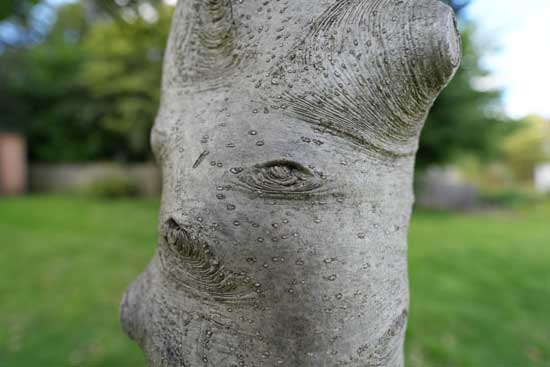
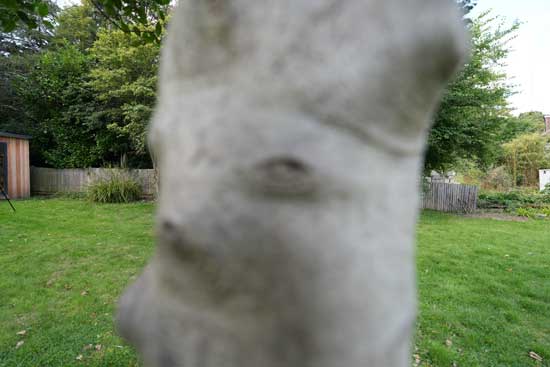
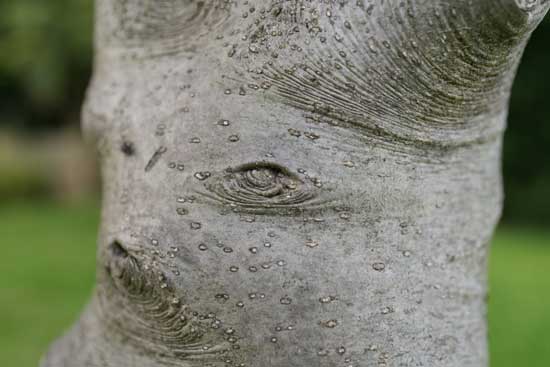
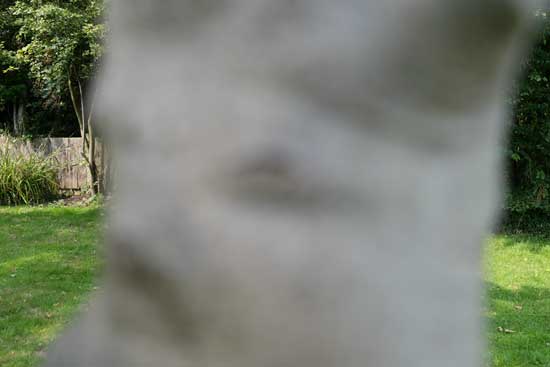
Sharpness
In order to show you how sharp the Sony FE 16-35mm F2.8 GM II lens is, we are providing 100% crops on the following pages.






